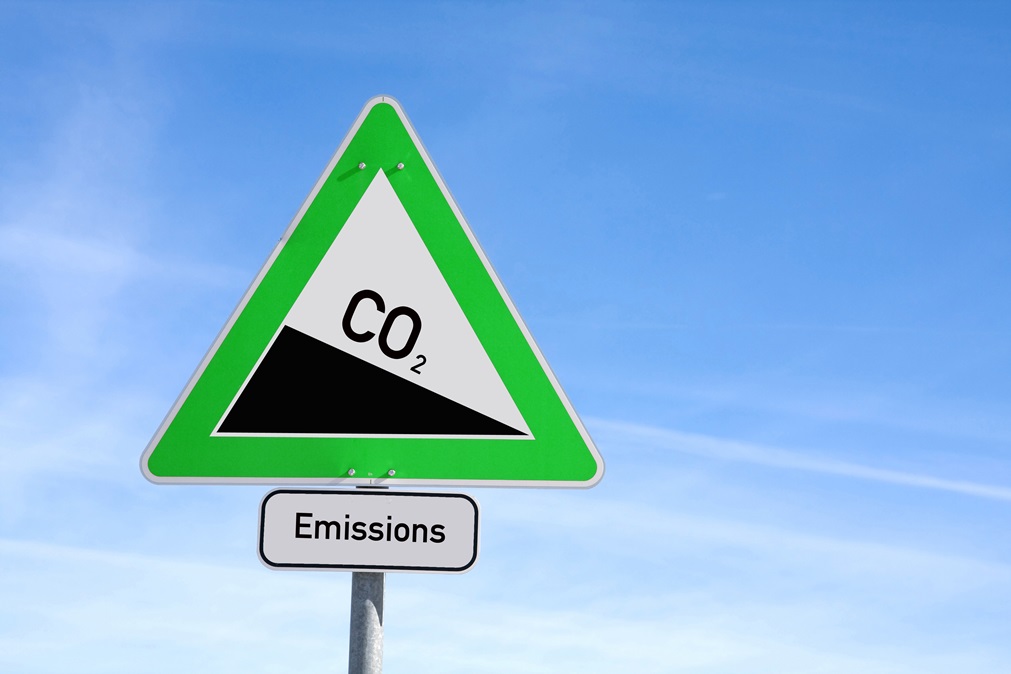Written by Susanna Tenhunen

The long-term goal of the EU energy and climate policy is to decarbonise European economies, whilst increasing the security of supply and ensuring competitiveness and the availability of affordable environmentally sustainable energy. The international dimension of the European energy and climate policy has become more important, especially following the changes in the geopolitical environment affecting the EU’s neighbourhood and stability in energy-producing countries. On the global stage, the upcoming UN Climate Conference in Paris in December is the focus of attention this autumn.
The goal of keeping global warming below 2˚C requires decarbonisation of the world economy during this century. In October 2009, the EU Heads of State or Government committed to this long-term goal in the context of necessary reductions by developed countries as a group. This entailed engagement to a profound transformation of energy systems in the EU, with investment in infrastructure, the deployment of new technology and increasing energy efficiency.
Already in March 2007, the European Council endorsed an integrated energy and climate policy in the form of an Energy Policy for Europe (EPE). It agreed to reduce greenhouse gas emissions by 20 % (rising possibly to 30 %), to increase energy efficiency in the EU in order to achieve the objective of saving 20 % of the EU’s energy consumption compared to projections for 2020, and to increase the share of renewable energy to 20 %. The European Council also underlined the need to reach a global and comprehensive post-2012 climate agreement under the Kyoto protocol within the UNFCCC framework.
In the past five years, the EU has moved towards a more integrated approach on energy and climate change issues, as these policy areas are deeply intertwined. One of the top priorities of the Commission Work Programme is to build a resilient Energy Union with a forward-looking climate policy. It was also one of the main objectives of the European Council’s Strategic Agenda published at the beginning of this institutional term in June 2014. Moreover, in its resolution of 16 September 2015 on the Commission Work Programme 2016, Parliament underlined, that the Energy Union “can be achieved through enhanced EU action”. The Energy Union, which builds on the 2030 Policy Framework for Climate and Energy and the Energy Security Strategy, also incorporates the goal of achieving an integrated energy market for all EU countries.
The following milestones setting the objectives and the course of policy have been endorsed or adopted by the Heads of State or Government in the European Council:
- June 2010: adoption of the Europe 2020 Strategy for Smart, Sustainable and Inclusive Growth. The so-called 20-20-20 targets of reducing greenhouse gas emissions, increasing the share of renewables in final energy consumption, and increasing energy efficiency form part of the strategy and became an essential element of the flagship initiative for a “Resource-efficient Europe”;
- February 2011: Completing the internal energy market by 2014 and ending the energy isolation of certain Member States by 2015 is made a strategic priority;
- June 2014: the European Council welcomes the European Energy Security Strategy;
- October 2014: adoption of the 2030 European Climate and Energy Policy Framework, which includes the objectives applicable from 2020 to 2030 on a reduction in greenhouse gas emissions, the share of renewable energy in energy consumed and increasing energy efficiency. An electricity interconnection target was also agreed;
- March 2015: commitment to build the Energy Union based on the Commission framework strategy.
The European Council’s actions demonstrate a commitment to energy and climate targets at the highest political level. However, the EU Member States are very diverse in terms of their energy mix, industrial structure, energy intensity of their economies and their capacity to deploy renewable energy, which leads to different and sometimes controversial national ambitions on energy and climate issues. This has influenced the ability of EU leaders to find common ground and to adopt national policies to implement the commitments made at the European Council. Consequently, there are concerns that pragmatic progress prevails, with short-term national ambitions being favoured at the expense of more fundamental changes towards a low-carbon economy.
European Council Conclusions often break priorities down into more specific short-term and medium-term objectives and operational goals on concrete policy issues with an inter-institutional impact, giving guidance to Member States on national policy-making. External events, which require an EU-level response and the need to reach agreement, or to urge implementation of strategic priorities, have been identified as common reasons for the European Council to address energy and climate change issues.
Read the complete briefing on ‘The European Council and Developments in the European Energy and Climate Policy‘ in PDF.








[…] Source: The European Council and Developments in the European Energy and Climate Policy […]